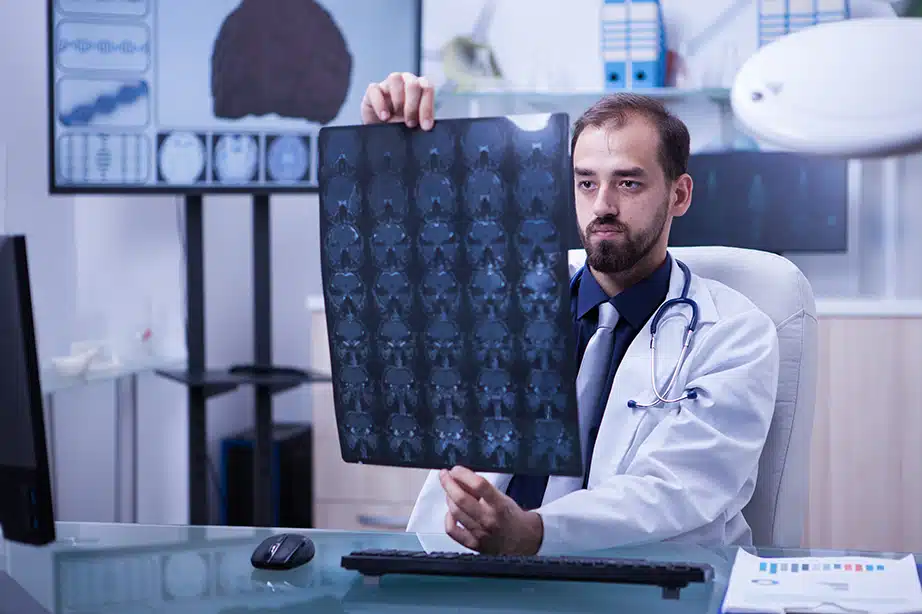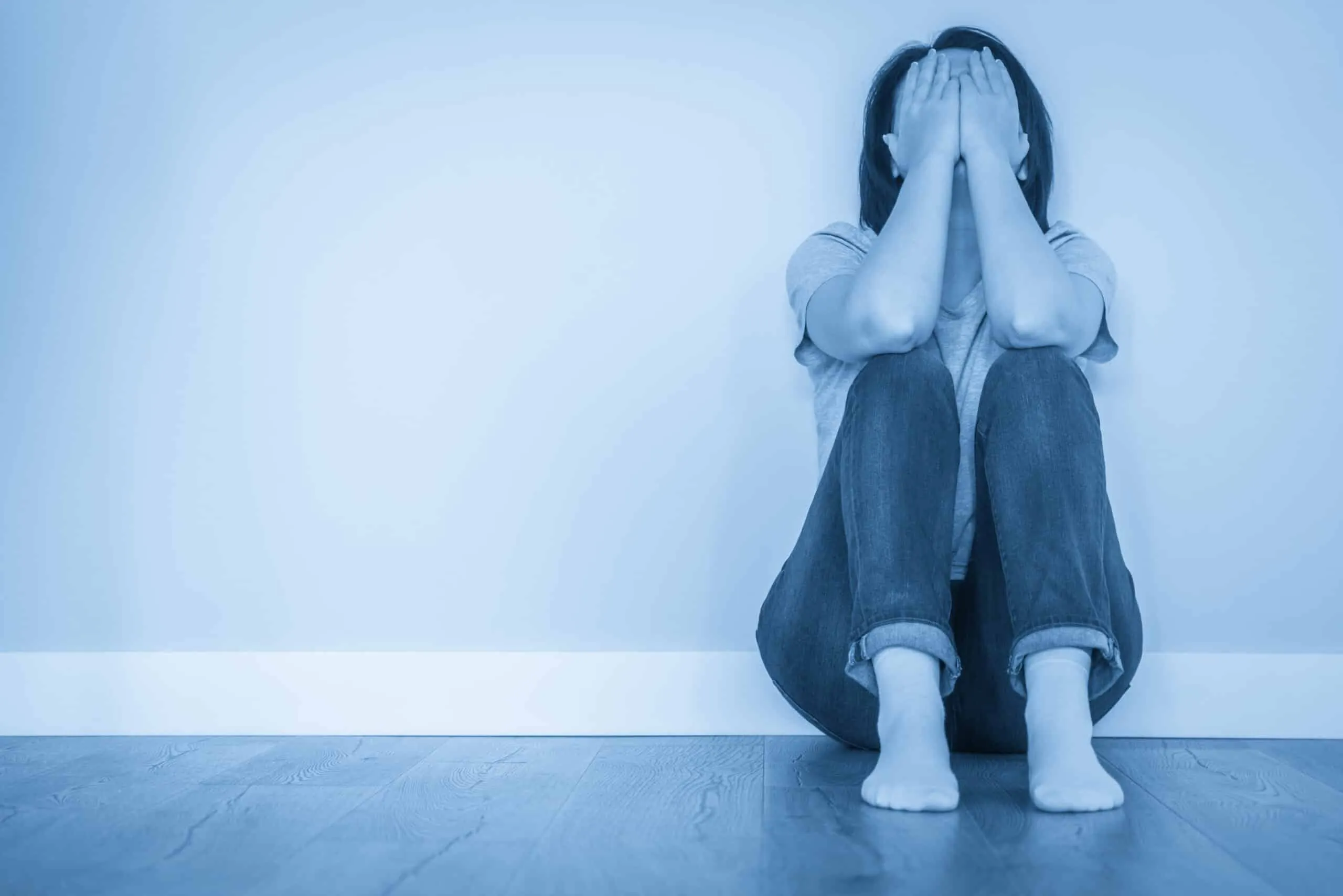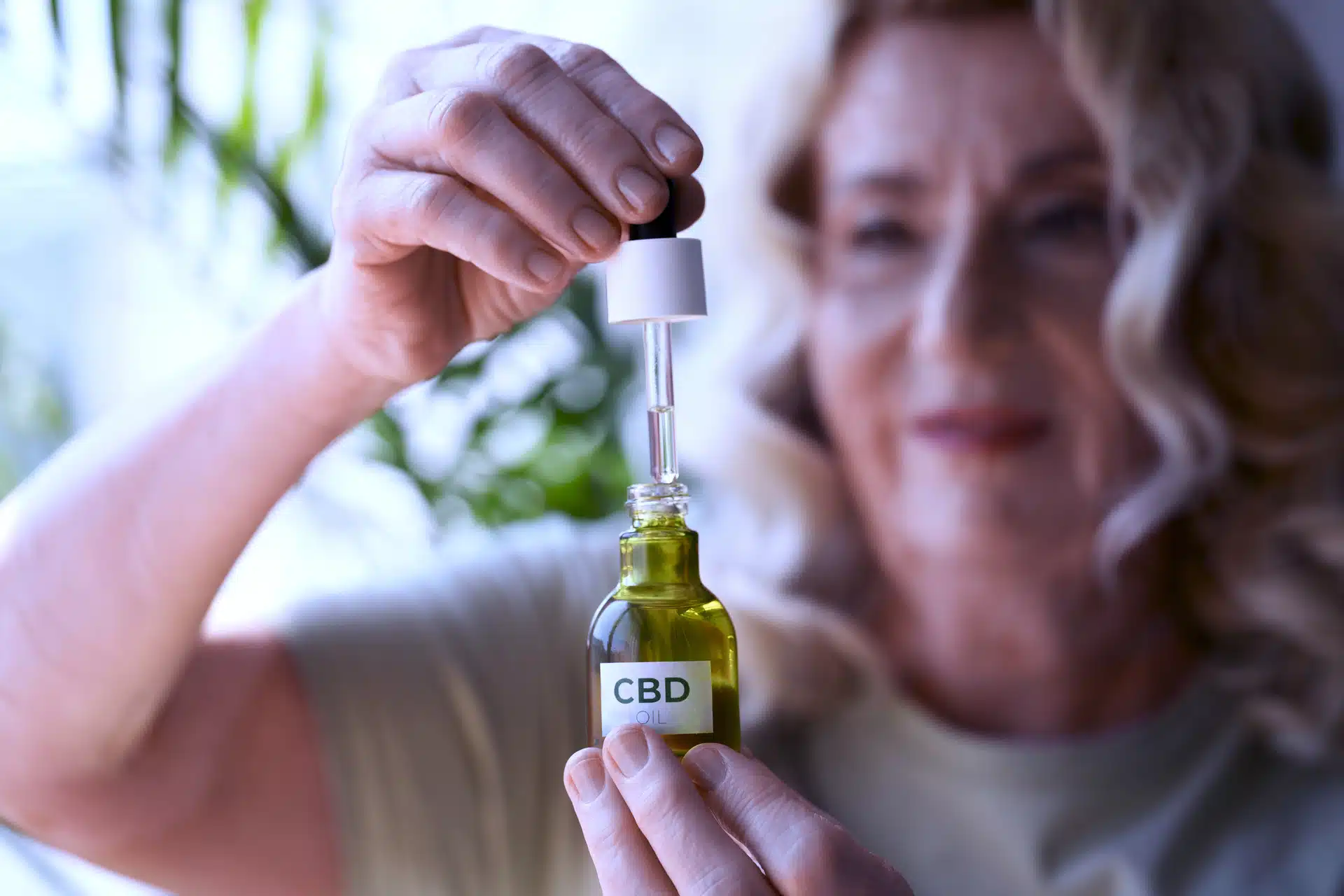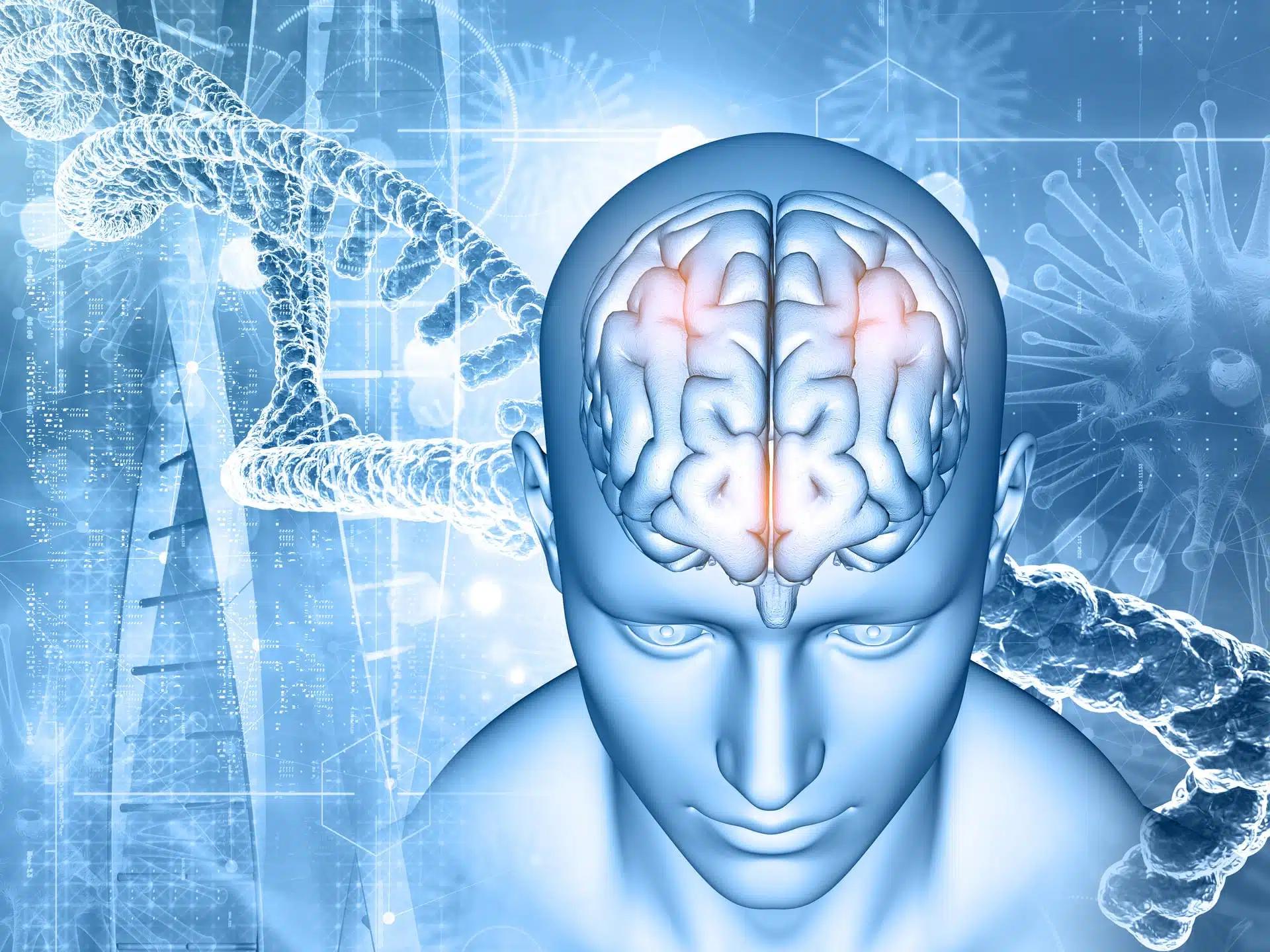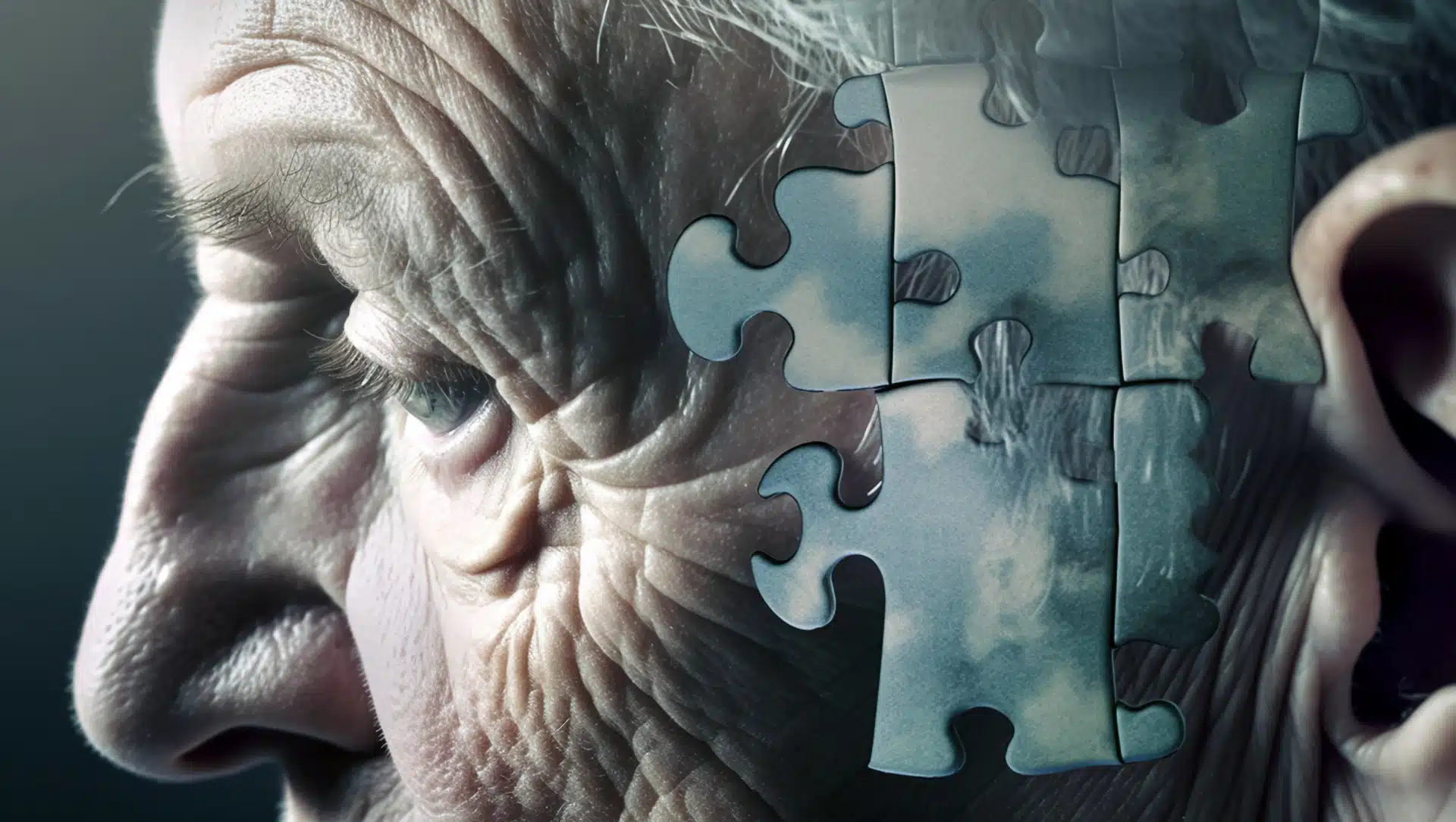Share
Restless Legs Syndrome and Medical Cannabis

Restless legs syndrome (RLS) is a common neurological movement disorder characterized by an irresistible urge to move the legs, often accompanied by uncomfortable sensations. RLS diagnosis is based on physical examination and should meet all five criteria of the International RLS Study Group (IRLSSG) diagnostic criteria:
- An urge to move the legs, typically triggered or accompanied by unpleasant, uncomfortable sensations in the legs.
- Symptoms appear or worsen primarily during periods of inactivity or rest.
- Movement, such as walking or stretching, provides partial or complete relief from symptoms, but only while the activity is ongoing.
- Symptoms are usually more intense or only occur in the evening or at night.
- The presence of the first four essential criteria should not be entirely explained by symptoms of another medical or behavioral condition.
The IRLSSG has validated a single question for a rapid RLS diagnosis: “When you try to relax in the evening or sleep at night, do you ever have unpleasant, restless feelings in your legs that can be relieved by walking or movement?” This question is highly effective for diagnosing RLS, with 100% sensitivity and 96.8% specificity.
The etiology of RLS can be partially attributed to a genetic component. Six different genes (BTBD9, MEIS1, PTPRD, MAP2K5, SKOR1, TOX3) have been identified as playing a significant role, along with dopaminergic and brain iron dysregulation. Additionally, there are reports of autosomal dominant inheritance of RLS.
It is important to exclude peripheral nerve and vascular causes before making a diagnosis. Pharmacological treatment of RLS is only necessary when symptoms significantly impair night sleep quality and daytime alertness. Dopamine agents are the first-line treatment, while opioids and hypnotics can be used as second-line options in refractory cases.1
Restless syndrome and cannabis
There is one report describing the use of recreational cannabis by six RLS patients, who reported improved sleep quality and relief of symptoms.2 Additional reports suggest that medical cannabis should be investigated as a potential therapeutic agent for RLS. However, clinical trials and further studies are needed to support this hypothesis.3,4
Clinical trials
Despite the potential advantages of using medical cannabis to improve RLS symptoms, there are no clinical trials involving medical cannabis in RLS patients.
References
1. Klingelhoefer, L., Bhattacharya, K. & Reichmann, H. Restless legs syndrome. Clinical Medicine 16, 379–382 (2016).
2. Megelin, T. & Ghorayeb, I. Cannabis for restless legs syndrome: a report of six patients. Sleep Medicine 36, 182–183 (2017).
3. Samaha, D., Kandiah, T. & Zimmerman, D. Cannabis Use for Restless Legs Syndrome and Uremic Pruritus in in patients treated with maintenance dialysis: A Survey. Can J Kidney Health Dis 7, 2054358120954944 (2020).
4. Ghorayeb, I. More evidence of cannabis efficacy in restless legs syndrome. Sleep Breath 24, 277–279 (2020).














